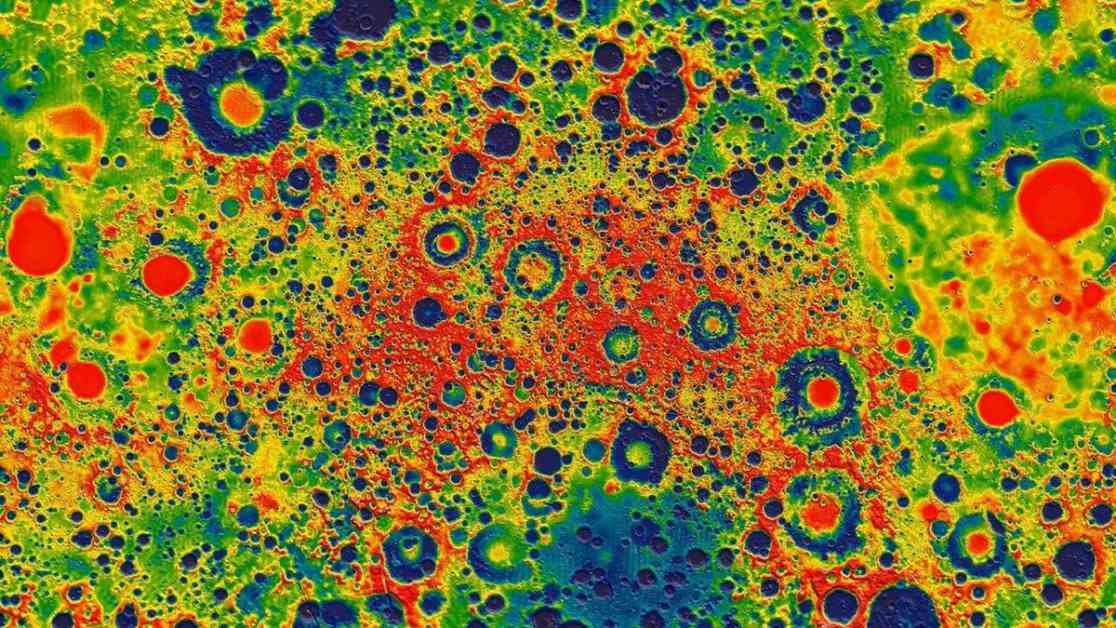China’s Chang’e 6 lander has made a groundbreaking discovery on the far side of the moon. The first analysis of lava samples from this unexplored region has revealed that volcanoes were erupting there 2.8 billion years ago. This new finding sheds light on the geological history of the moon and provides valuable insights into its past volcanic activity.
The study, published in the journal Science, analyzed rock samples brought back to Earth by the Chang’e 6 mission in 2024. These samples, collected from the South Pole-Aitken basin, are the first ever to be retrieved from the moon’s far side. By analyzing the isotopes and chemical composition of these rocks, researchers were able to determine their age and source.
The analysis revealed that the basalt rocks from the far side of the moon are 2.8 billion years old, indicating that volcanic activity was taking place in this region billions of years ago. This discovery challenges previous assumptions that volcanism was limited to the near side of the moon. It also provides new insights into the geological processes that have shaped the moon’s surface over time.
Interestingly, the researchers found that the lava that formed the basalt rocks on the far side of the moon came from a part of the moon’s mantle that is low in potassium, rare Earth elements, and phosphorus. This elemental imbalance may be linked to the impact crater that created the South Pole-Aitken basin. The impact, which was powerful enough to affect the entire moon, may have redistributed rocks containing these elements and depleted the mantle of certain elements.
This discovery may also help explain another difference between the near and far sides of the moon. While mare basalts cover 30% of the near side, they only cover 2% of the far side. The absence of elements like potassium and uranium, which give off heat as they decay, in the mantle under the far side could explain the lack of these melty basalts. This new information adds to our understanding of the moon’s geology and the processes that have shaped its surface.
Overall, the findings from the Chang’e 6 mission provide valuable insights into the geological history of the moon and the volcanic activity that took place on its far side billions of years ago. This research opens up new avenues for exploration and further study of the moon’s complex and fascinating geology.










